It is a device that analyzes and looks for shockable heart rhythms, advises the rescuer of the need for defibrillation, and delivers an AED shock if needed. It provides a way of possibly restarting the heart in the case of sudden cardiac arrest.
Those facies which have only recently obtained an AED need to ensure all staff members are equipped with the knowledge and skills to use these devices effectively. Failure to provide staff with these skills can cost the life of a patient in cases of ventricular fibrillation or a sudden cardiac arrest event.
Here, we take a closer look at the appropriate defibrillation procedure steps in this post. Read on to know how to use an AED.
Steps to using an AED
The specific defibrillator steps to use an AED device on a patient who suffers a sudden cardiac arrest event may differ from one device to the next. Some of the recent products on the market, such as the Mindray BeneHeart C Series AED , offer smart features that can effectively guide rescuers with or without medical background through the appropriate steps to use a defibrillator.
In this post, we will consider the general steps that are involved with the majority of the AEDs. Below is a step-by-step guide that walks you through how to use AED. Skipping any steps will likely have a negative impact on the ability of the AED device to help the patient.
However, please note that it is crucial to not only consider general steps that are needed to use these devices but specific instructions.
Step 1: Powering on the automated external defibrillator
The first among the steps to using an AED would be to power on the device. The specific method of powering on these medical devices does differ – which is why staff members need to be made aware of how these devices work before they need to use it in an emergency.
Some devices, such as the Mindray BeneHeart C Series, make it easier than ever: simply open the lid to power on. Also, there are some of these defibrillator devices that are trickier to power on.
There might be specific prompts that need to be followed by the staff member. In some cases, the screen will display these steps. It is the case with devices such as the Mindray BeneHeart C2 and BeneHeart D1 (Pro), which come with a built-in LCD unit.
Be sure to take a closer look at the instructions on the screen. Also, you'd better ensure all staff members are aware of how the process of powering on the device works.
Step 2: Applying the defibrillator pads
Once the device has been turned on, the next step is to prepare the patient for the procedure. It primarily involves applying the defibrillator's pads.
The patient's chest needs to be exposed completely. Besides, clothes should not get in the way of the pads and the patient's chest. Before applying the pads to the patient's chest, it is critical to ensure there is no moisture on the skin. If any moisture is present, it needs to be wiped off.
Moreover, one of the defibrillator pads needs to be placed on the right side of the patient's chest. The specific location should be just below the patient's collarbone. You will need to place the second defibrillator on the left side of the chest, which is also the lower side of the chest.
You should make sure there is a proper connection, which may differ between various devices. The heart rhythm will be analyzed and defined to be either shockable or non-shockable. The two shockable heart rhythms include pulseless ventricular tachycardia and ventricular fibrillation, while non-shockable heart rhythms are pulseless electrical activity or asystole.
Step 3: Clear and shock
The final step is to apply the shockwave to perform the defibrillation procedure. Before continuing, you should ensure there is no one touching the patient or their clothes. Also, there should be no clothes getting the way of the pads that are attached to the AED.
Once you have confirmed these, press the appropriate button to generate an electric wave, which will cause an AED shock to the patient's chest.
Why AED certification is important?
In addition to understanding the necessary defibrillation procedure steps, it is significant for the management staff of a public facility to understand the importance of gaining certifications.
Other essential skills should accompany a thorough understanding of the steps that are involved in using an AED on a patient. It ultimately gives the staff member a full set of life-saving first aid skills.
There are multiple facilities that can be utilized to provide staff members access to AED certifications that become essential to equip them with the required skills, such as Red Cross, EMS Safety Services, the Health and Safety Institute, and so on. However, the management staff of a facility needs to ensure the facility that reaches out to the AED certifications are licensed and provide access to professional instructors.


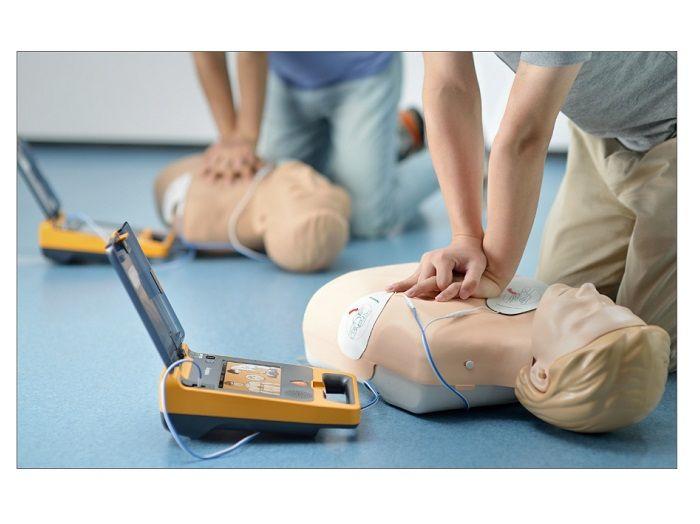

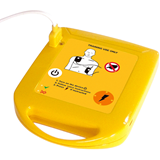

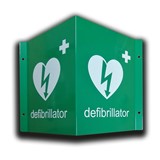
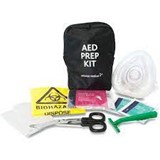
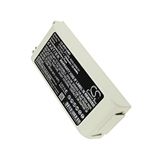
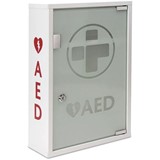
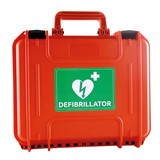

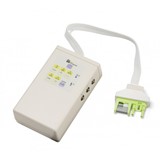
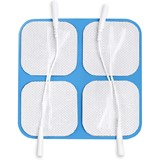

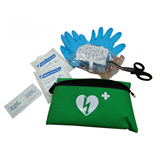

-205x205.jpg)
-205x205.jpg)

-205x205.jpg)
-205x205.jpg)
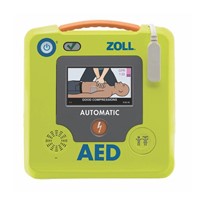
-205x205.jpg)
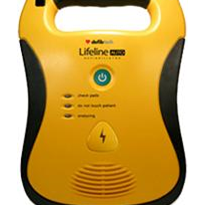
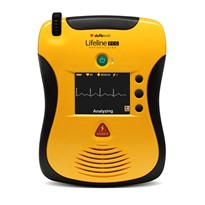
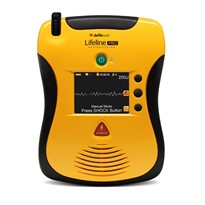
-205x205.jpg)
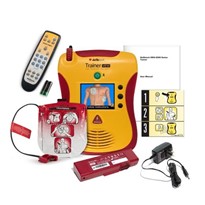


-205x205.jpg)